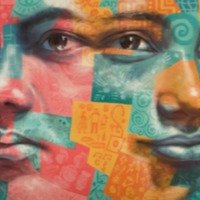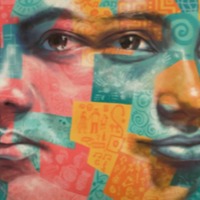
Jing
Jing was enslaved in the Philippines, sent to the nation’s capital, Manilla, to become a domestic servant and receive education, which she was not given. Later she was sexually abused and prostituted from when she was 12 years old. It was only after getting seriously ill that she was able to return home. In the Philippines, women and children are subjected to sexual exploitation in brothels, bars, and massage parlours, online, as well as in the production of pornography. The Philippines is an international hub for prostitution and commercial sex tourism – a highly profitable businesses for organised criminal syndicates. The demand for sex with children among both local and foreign men has continued to fuel child sex tourism.

Dina
In 1993, Dina Chan was exploited in northern Cambodia. Women are internally trafficked for sexual exploitation in Cambodia, usually from rural areas to the country’s capital, Phnom Penh, and other secondary cities. Cambodian women are also brought to Thailand and Malaysia for commercial sexual exploitation. An orphan who got into debt for overdue rent payments and tuition fees, Dina was trafficked from Phnom Penh to Stroeung Treng at the age of 17. Her narrative describes police corruption, starvation, and gang rape. She points out the irony that she fought for others’ freedoms as a soldier, “only to become enslaved,” and rejects the response of “pity” to her story. She also issues a call for prostitutes to unionize and “fight for basic rights.” On behalf of herself and her “sisters,” Dina demands recognition of her humanity: “We are people, we are women and we want to be treated with respect.”